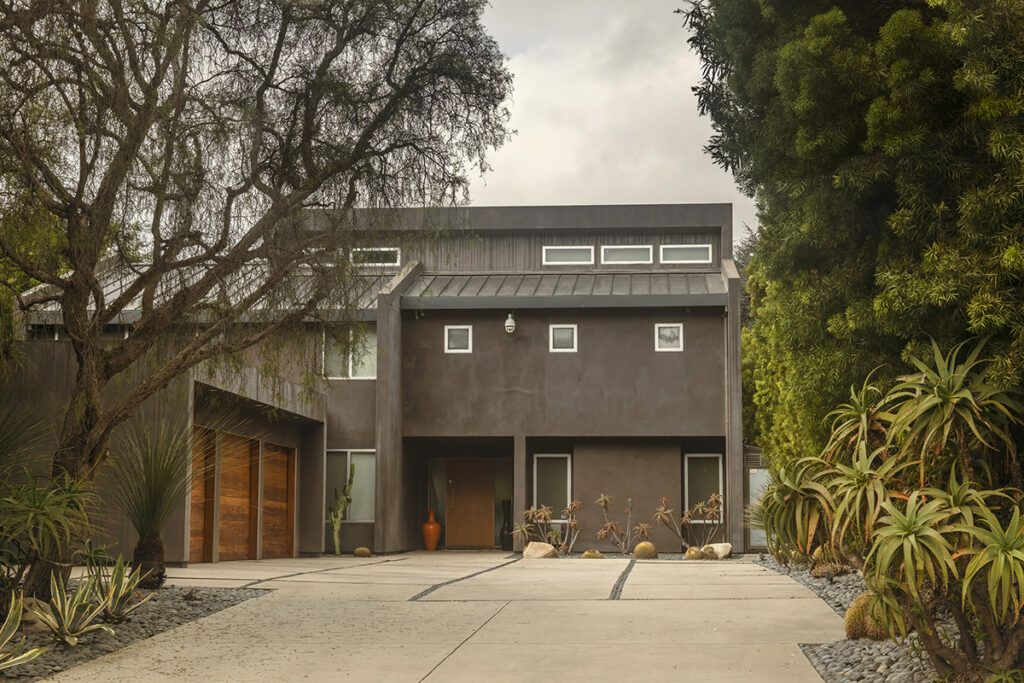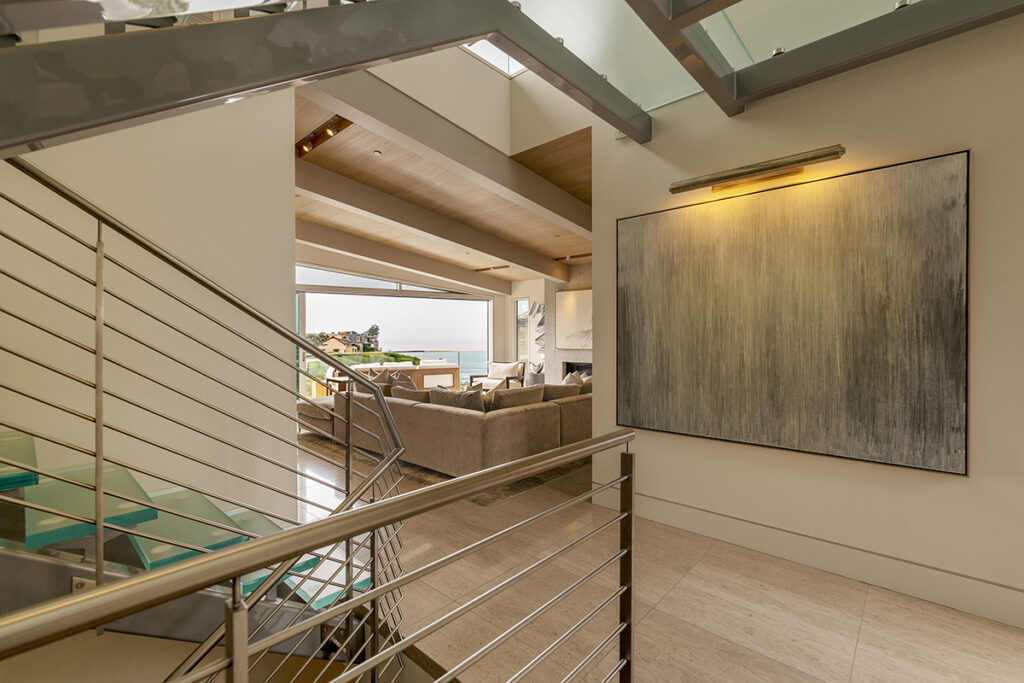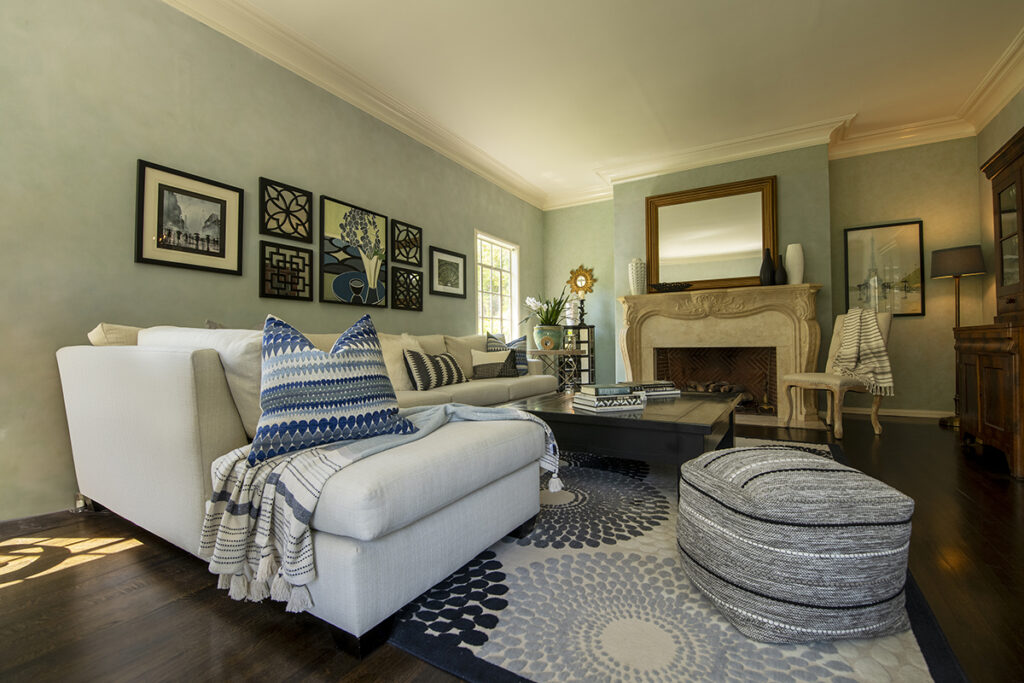Images by Hernan Rodriguez
- High-quality images are essential in real estate photography, and Tamron lenses like the 24-70mm F/2.8 G2 and 20-40mm F/2.8 offer exceptional clarity and sharpness for both interior and exterior shots.
- The Tamron 20-40mm F/2.8 Di III VXD is perfect for capturing wide-angle interior photos, ensuring spacious, well-lit images with minimal distortion.
- Using natural light and strategic staging can enhance real estate photos, making properties look more inviting and expansive.
- For sharp, professional results, adjust camera settings like aperture (F8-F11), ISO (100-400), and shutter speed, and leverage Tamron’s Vibration Compensation (VC) technology in low-light scenarios.
- Investing in high-quality lenses like the Tamron 24-70mm F/2.8 G2 or 35-150mm F/2-2.8 can significantly improve the appeal of real estate listings by providing versatile, high-quality image options.

High-quality images are essential in real estate photography because they form potential buyers’ first impressions of a property. A well-composed, sharp, and attractive image can set your listing apart, helping it sell faster and potentially at a higher price. For photographers, the right equipment is crucial in achieving professional results. Tamron lenses offer an excellent range of options for real estate, from capturing wide interiors to focusing on architectural details.
Top Tamron Lenses for Stunning Real Estate Shots
When selecting a real estate photography lens, it’s important to have tools that handle wide spaces without distortion and capture fine details effectively. Here are some top options from Tamron, all currently available and ideal for real estate photography:
Tamron 24-70mm F/2.8 Di VC USD G2

The Tamron 24-70mm F/2.8 Di VC USD G2 (Model A032) is a versatile zoom lens that covers a wide-to-standard range, making it perfect for capturing both interior and exterior shots. The constant F/2.8 aperture allows for excellent low-light performance and control over depth of field, which is important for creating professional-looking images with a clear focus. Its Vibration Compensation (VC) feature helps keep shots steady, even in low-light settings or when shooting handheld, ensuring crisp images. The 24-70mm is available for DSLR cameras and works great on mirrorless with the adapter. For a native mirrorless choice, the Tamron 28-75mm F/2.8 Di III VXD G2 (Model A063) for Sony E and Nikon Z mirrorless cameras, is a great zoom for architecture.
Tamron 20-40mm F/2.8 Di III VXD
The Tamron 20-40mm F/2.8 Di III VXD (Model A062) is an excellent option for wide-angle real estate photography. Its wide focal range allows for comprehensive interior shots, capturing the entirety of a room without distortion. The F/2.8 aperture is perfect for low-light environments, and the VXD (Voice-coil eXtreme-torque Drive) autofocus ensures quick, silent focusing, making it great for fast-paced shoots.
Tamron 35-150mm F/2-2.8 Di III VXD
The Tamron 35-150mm F/2-2.8 Di III VXD (Model A058) is an impressive all-in-one zoom lens that can cover both wide-angle and telephoto needs. With an ultra-fast aperture of F2.0 at 35mm, it excels in low-light situations, ideal for shooting interiors. The extended reach to 150mm makes it great for capturing exterior details or zooming in on architectural features from a distance. This lens offers incredible versatility and image quality for real estate professionals.
Photography Tips for Real Estate

In addition to selecting the right lens, here are some real estate photography tips to help you create high-quality images:
- Stage the Property: Before shooting, ensure the property is clean, decluttered, and staged appropriately. This includes arranging furniture to create a sense of space and adding decorative touches like plants and artwork to make the home feel inviting.
- Utilize Natural Light: Whenever possible, rely on natural light by opening curtains and blinds to allow sunlight to flood the space. This makes rooms appear brighter and more spacious. For darker areas, use artificial lighting carefully to avoid harsh shadows.
- Shoot from Multiple Angles: Capture each room from different angles to provide potential buyers with a full view of the space. Shooting from the corners of rooms helps maximize the sense of space, and a wide-angle real estate photography lens, like the Tamron 20-40mm F/2.8, can help capture more of the room in each shot.
Technical Settings for Real Estate Photography

- Aperture: When shooting interiors, use a narrow aperture (F8 to F11) to ensure that the entire room, from the foreground to the background, remains in sharp focus. This helps capture the full detail and prevents areas from looking soft or out of focus.
- Shutter Speed and ISO: To avoid blurry images, keep your shutter speed as fast as possible while balancing the lighting conditions. If you’re shooting in low light and using slower shutter speeds, rely on Tamron’s Vibration Compensation (VC) to maintain clarity. Keep the ISO setting as low as possible (100-400) to avoid introducing graininess to the images.
Final Thoughts on Enhancing Your Real Estate Photography

High-quality images are a must in real estate photography, and the right lens makes all the difference. Whether you’re capturing wide-angle shots of interiors or zooming in on architectural details, Tamron lenses like the 24-70mm F/2.8 G2 and 20-40mm F/2.8 provide the versatility and sharpness needed to produce stunning, professional images. Experimenting with different real estate photography lenses and settings will help elevate your images to the next level, giving you an edge in today’s competitive market.
Investing in quality real estate photography lenses from Tamron not only improves your photos but also gives you the tools to expand your creative capabilities and produce compelling images that help sell properties faster.

